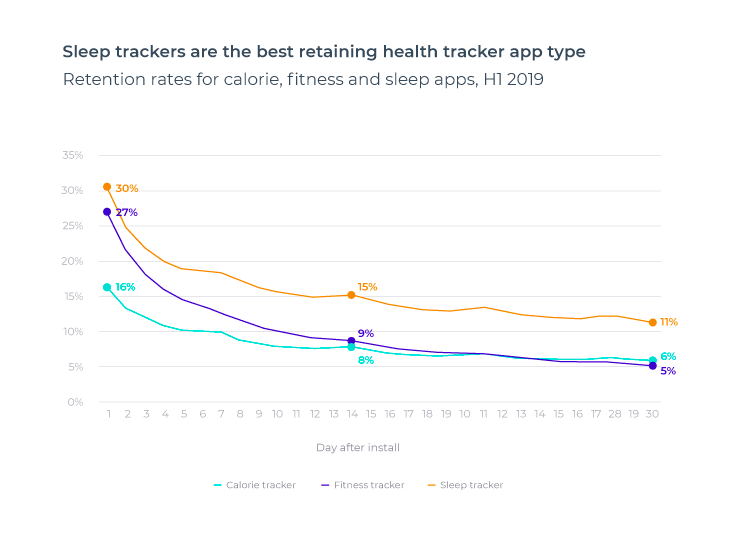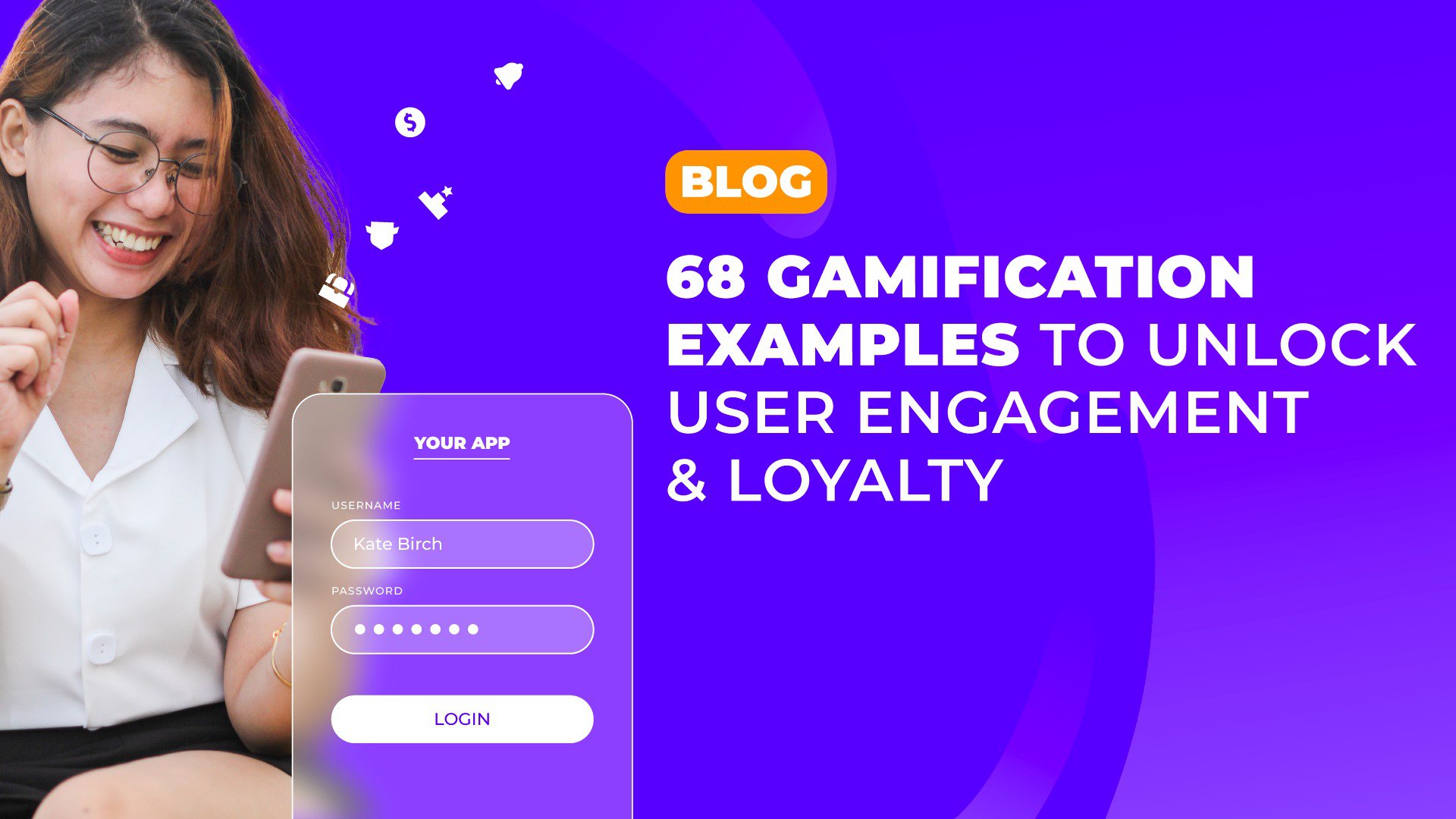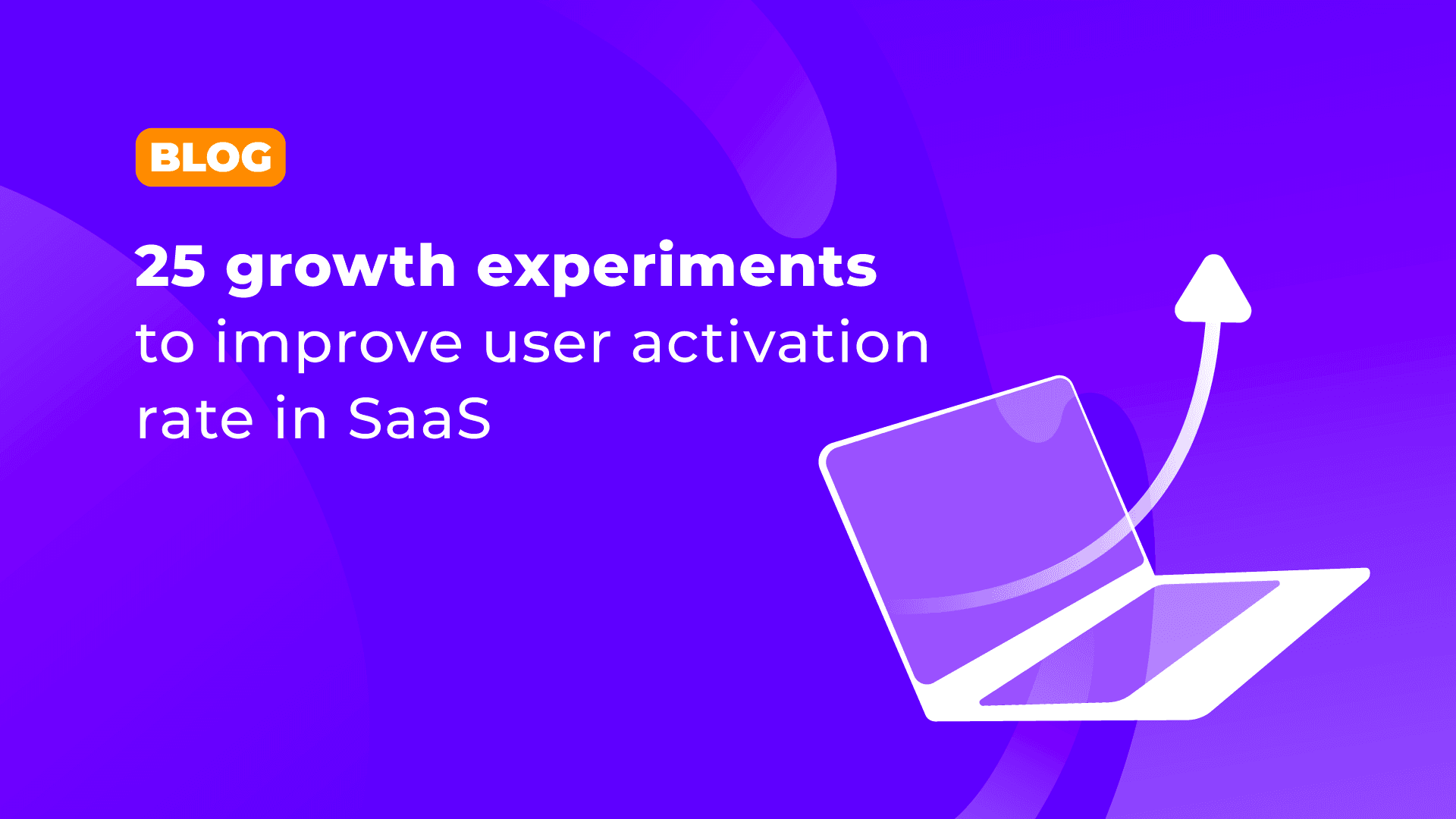

Expert advice on how to get users excited about your health app
Expert advice on how to get users excited about your health app
Roughly 50% of all prescribed medications are not taken correctly. In the US alone this leads to at least $100 billion in avoidable healthcare costs, including hospitalizations. Some medication health apps have over 60 million downloads and manage billions of doses. Unfortunately, user app engagement on these apps is very low which causes a lot of people to lose track of their medication schedules.
As it turns out less than 5% of users are actively engaged on these apps. The reminders and push notifications don’t seem to be good enough for patients to settle. Mobile health apps will have to step up their game if they want to be more than a “reminder app” for medication or other health purposes. They need to create an experience that patients want to have as part of their everyday life.
Here’s what we’ll discuss:
- The engagement killer of your mHealth app
- How gamification for apps can help
- Gamify your user journey with a plug-in gamification tool
- Gamification for health - the future of mobile health apps
The engagement killer of your mHealth app
Mobile health apps collect data for a variety of reasons. Most apps actually need some sort of personal health data in order to function properly. The best-known example of mHealth apps that use data is probably trackers. These can be calorie trackers, fitness trackers, or even sleep trackers. By collecting data on either of these subjects, the apps can give recommendations to improve your diet, sleep, or exercising routine.
However, once you take away the data the app instantly loses value. Unfortunately, that’s what happens the majority of the time. Only 20% of users are still engaged with their mHealth app one day after the installation. Think that’s low? Well, after seven days it drops to 8%. After a total of 30 days, the retention rate is as low as 3.3%.

This graph vividly illustrates the dramatic drop-off in user engagement for mobile health apps, highlighting the need for more effective retention strategies.
With retention rates this low, how can you build an app that helps your patients? Well, you don’t want the experience to feel like a chore. This makes it boring and uninteresting for users.
Instead, you need to create an experience where users want to come back every day. Additionally, your users need the motivation to fill in their data and see the return of their investment almost immediately.
So how can you get started?
How gamification for apps can help
Gamification is the use of game elements & psychology in a non-game context. It’s used to increase user app engagement by making the experience more fun and rewarding. The motivational theory behind gamification relies on certain mechanics that trigger the user behavior. These are also called extrinsic motivators.
In order for these mechanics to work, however, there needs to be an underlying set of emotions to move the user towards action, and more importantly, keep them actively engaged. We call these intrinsic motivators. These could be desires such as a sense of accomplishment, connectivity & autonomy. But they could also be fears like unpredictability, fear of missing out, and avoidance.
franchising
Want to get a full breakdown on gamification? Check out our ‘What is Gamification’ page!
Think about it. What are the most popular types of apps? You guessed it! Gaming apps. These apps use a variety of game elements such as leveling systems, experience points, and badge reward systems to keep their users engaged.
So what happens when you take the psychology and elements from a game, inside of another digital experience? You can boost user motivation and drive them to carry out the desired user behaviors. Gamification for apps can help you collect reliable patient data, without being a drag on your users' life.
Gamify your user journey with a plug-in gamification tool
If you go with StriveCloud’s plug-in gamification tool you take already existing user data and turns it into a gamified experience. You can easily add game elements across the user journey, without having to spend tons of time and high-value resources developing them yourself. In fact, you can gamify the entire user journey from one simple control panel!
So how does this gamification tool work?

This diagram shows how a plug-in gamification tool like StriveCloud can overlay game mechanics onto an existing user journey to boost engagement.
Set milestones to drive the user journey forward
You want your user to take action. By setting clear goals you help them complete the actions you need. A milestone could be something as simple as logging in data for 100 days in a row. When users achieve it they can get rewards, badges, or up their level!
Reward users for daily participation
You can reward users for carrying out the behaviors you want from them. For health apps, this can be logging patient data every day. To keep patients engaged enough to log their data on a daily basis, you can reward users to reinforce those behaviors. You can reward them with in-app virtual currencies and badges. They can even redeem their points in a lottery and have a chance of winning exclusive prizes.
Always give the right context with personalized notifications
With the help of notifications and visual reminders, you can always keep your users engaged. It shows them which actions are rewarded, and what next steps they should take. Notifications are a way of giving feedback to the user.
You can give positive feedback to reinforce good behavior, or negative feedback to enable users to adjust quickly. For instance, you can notify users with a ‘good job!’ every time they log their data or give them reminders when they’ll miss their daily goal. It’s a great way of boosting user participation and getting the right data.
Learn everything StriveCloud’s plug-in gamification tool could do for your app!
Gamification for health – the future of mobile health apps
So how can gamification for health help to collect more user data? It all depends on the user’s motivation. If logging their data is boring, and it feels like a chore they will neglect it and leave your app for what it is. With gamification, however, you can shift the tides and make things like logging data more fun!
p>Here are some features you could use for your health app:
Challenges
A challenge can be a powerful game element for user action. By setting a clear goal you trigger the natural desire for achievement. You can use it to guide users towards the next step linked to your app’s goals.
For instance, you can set a challenge where users need to log their data for 30 days in a row! Once they complete that challenge they get rewards. Simply setting the goal and linking rewards to it boosts user motivation.
Badge reward system
When users achieve a milestone in your app or they complete a challenge, you can reward them with badges. The badge is a status symbol that represents the users' achievements and creates positive reinforcement for the behaviors that led to it.
Collecting more badges will motivate users to keep logging their data, as they will unlock more badges for every milestone. Reward your users for milestones like 5, 10, or 100 consecutive days of logging in data to keep them anticipating the next badge!
Points collection & leveling system
Reward your users with points or in-app currencies to indicate their progress and keep them engaged. Use these points to evolve the user to the next level. With points, you can easily reinforce the behaviors you want to see happening. It plays on the users' desire for achievement and progress.
Allow the user to level up by being actively engaged on your mHealth app. Visualizing the progress, and unlocking new capabilities keeps the journey to better health interesting and fun!
Recap
Retention rates on health apps are as low as 3.3%. That’s unfortunate, knowing that most health apps need some form of patient data to generate value for their patients. Whether you are a tracking app, a reminder app, or any other type of health app, chances are you need to boost app engagement. Gamification for health can help to elevate the chore of health, to a fun and rewarding experience.
You’ll get to collect more user data with every interaction and set clear user goals to boost app engagement and retention. Gamification for apps can make a healthy lifestyle, prevention, and treatment enjoyable and accelerate mHealth’s revolution in healthcare.
Need some help setting up your own gamification strategy? Get a free consultation with one of our experts!
Related Posts

68 successful gamification examples to unlock user engagement & loyalty
Looking to incorporate gamification into your strategy? Discover how successful companies are using gamification to increase their users' engagement & loyalty, and drive business growth. Explore 68 real-life gamification examples from various industries including fintech, education, e-commerce, mobility, and more. Don't miss out on this comprehensive guide to gamification!


